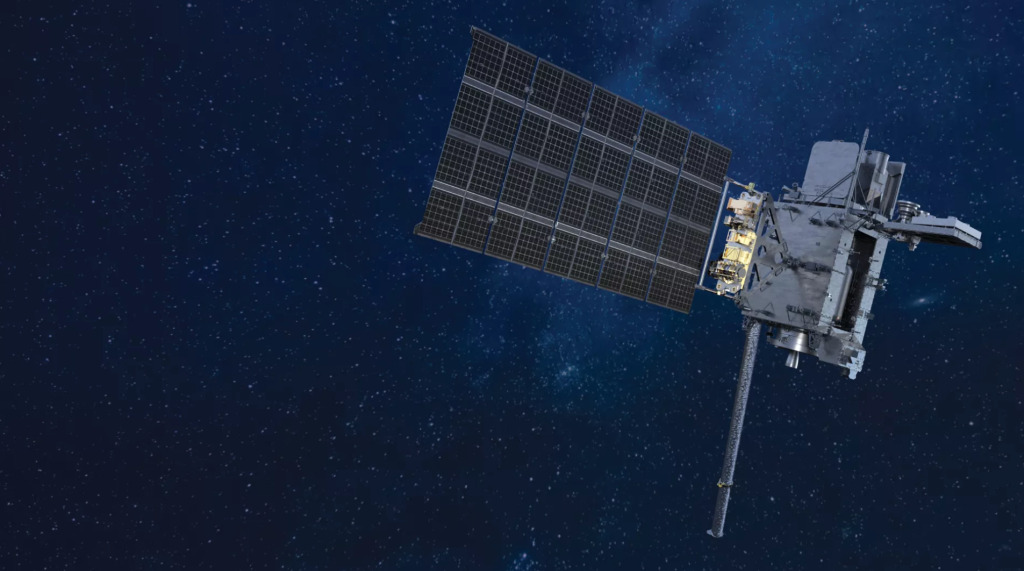Atlas IIA | GOES 12
Launch Complex 36A
Cape Canaveral SFS, FL, USA
T?
--
Days
:
--
Hours
:
--
Mins
:
--
Secs
Date Loading...
Lockheed Martin
Lockheed Martin's Space Division started in the production of missiles and later ICBM's in the 1950s. Their TITAN missile system was used for 12 Gemini spacecraft and the Voyager probes. They have worked largely in collaboration with NASA on many of their probes, landers, and spacecraft, and hope to play a key role in NASA's return to the moon in 2024.
GOES 12
The Geostationary Operational Environmental Satellites were developed by NASA-Goddard and were transferred to the NOAA weather agency when operational. In addition to the usual weather imager/sounder, GOES-M carried a new solar soft X-ray imager.
Atlas IIA
Height 47.54 Meters
Max Stages 3
Mass To GTO 2810 kg
Liftoff Thrust 2479 kN
Diameter 3.04 Meters
Mass To LEO 6580 kg
Liftoff Mass 204 Tonnes
Launch Success 23
Consecutive Success 23
Maiden Flight 1992-06-10
Launch Failures 0
Programs
Geostationary Operational Environmental Satellite
The Geostationary Operational Environmental Satellite (GOES), operated by the United States' National Oceanic and Atmospheric Administration (NOAA)'s National Environmental Satellite, Data, and Information Service division, supports weather forecasting, severe storm tracking, and meteorology research








